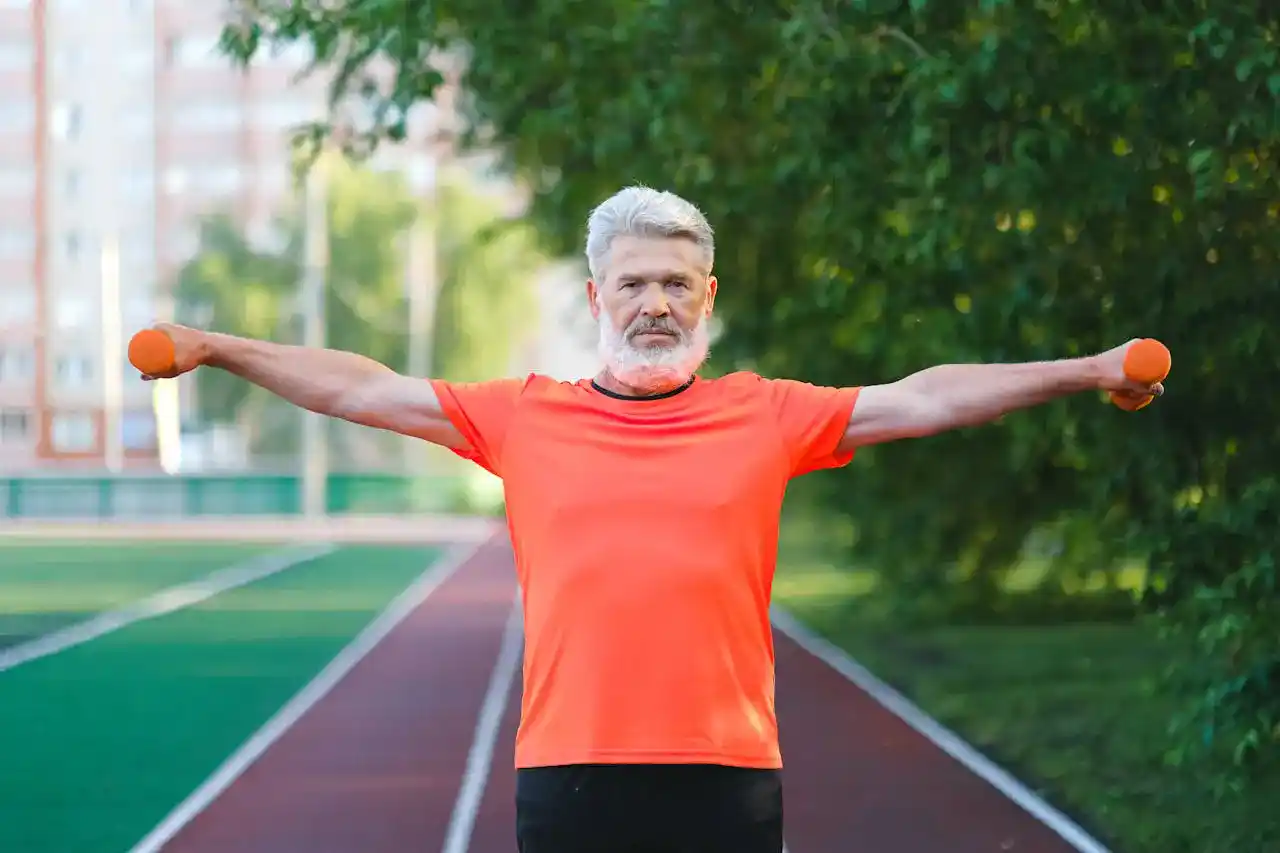Balance Exercises for Seniors

Table of Contents
Why Do We Lose Our Balance as We Age?
As we age, several factors contribute to a decline in our ability to maintain balance:
- Muscle Weakness: Aging leads to a loss of muscle mass and strength, particularly in the lower body. Weakening muscles, especially those in the legs and core, can make it more challenging to maintain balance.
- Reduced Flexibility: Joint stiffness and reduced range of motion can impair our ability to adjust to uneven surfaces or sudden movements.
- Joint Stiffness: Joints tend to become stiffer with age due to a decrease in lubricating fluid and changes in cartilage. This stiffness can affect mobility and make it harder to adjust and react quickly to maintain balance.
- Loss of Bone Density: Osteoporosis, a condition characterized by loss of bone density, is more prevalent in older adults. Weaker bones are more prone to fractures, which can significantly impact balance and mobility.
- Changes in Vision: Vision plays a crucial role in balance, as our eyes provide essential information about our environment. Age-related vision changes can negatively impact our ability to maintain balance.
- Decline in Vestibular Function/ sensory Input: The vestibular system in the inner ear helps maintain balance, spatial orientation, detect motion, as well as from vision and proprioception (the sense of body position). Aging can lead to a decline in vestibular function, which may contribute to balance issues. This reduced sensory input can lead to difficulties in maintaining balance.
- Neurological Changes: Aging can result in a decline in cognitive function, processing speed, and reaction time, affecting our ability to adapt to changes in the environment and maintain balance.
- Cognitive Changes: Cognitive decline associated with aging can affect attention, judgment, and the ability to multitask, all of which are important for maintaining balance and avoiding falls.
- Medical Conditions: Certain age-related health conditions, such as arthritis, diabetes, and cardiovascular disease, can negatively impact balance.
- Medications: Some medications can cause dizziness or lightheadedness, further increasing the risk of balance issues.
- Changes in Gait: Aging can alter the way we walk, including changes in stride length, speed, and foot placement. These alterations can affect stability and increase the risk of falls.
Steps Can We Take to Protect Our Balance
- Strength Training: Incorporate strength training exercises into your routine to build muscle mass and improve stability. Focus on exercises that target the legs, core, and back muscles.
- Practice Balance-Specific Exercises: Perform exercises that challenge your balance, like standing on one leg, walking heel-to-toe, or using a balance board. Start with easy exercises and progress to more challenging ones as your balance improves.
- Improve Core Strength: Strengthening your core muscles helps stabilize your body and enhance balance. Include exercises like planks, side planks, and bird-dogs in your routine.
- Perform Lower Body Strength Training: Strengthening your legs and glutes can help improve your overall stability. Include exercises like squats, lunges, and glute bridges in your workouts.
- Enhance Your Proprioception: Practice exercises that improve your ability to sense your body’s position in space, such as standing on an unstable surface or closing your eyes while balancing. Corrective lenses or treatments for conditions like cataracts or glaucoma can help improve visual acuity and reduce the risk of falls.
- Engage in Mind-Body Exercises: Activities like yoga, tai chi, and qigong combine physical movement with mindfulness, which can improve both balance and overall well-being.
- Ensure Proper Footwear: Wear supportive and well-fitting shoes with nonskid soles to provide stability and reduce the risk of slipping. Avoid high heels or shoes with slick bottoms, which can increase the risk of falls.
- Maintain Good Vision and Hearing: Ensure that you get regular vision and hearing check-ups, as both play a crucial role in maintaining balance.
- Eat a Balanced Diet: Proper nutrition, including adequate protein intake, helps maintain muscle mass and strength, which contribute to balance.
- Address Medical Conditions: Manage any existing medical conditions that may affect balance, such as diabetes or cardiovascular disease, by following your healthcare provider’s recommendations.
- Create a Safe Environment: Remove hazards in your home that could contribute to falls, such as loose rugs, cluttered pathways, or poor lighting. Install grab bars in the bathroom and handrails on stairs to provide support and assistance.
- Stay Hydrated: Dehydration can lead to dizziness and affect balance. Drink plenty of water throughout the day to maintain hydration levels.
- Practice Mindfulness: Pay attention to your movements and surroundings to avoid potential hazards. Mindful walking and activities can help improve focus and prevent falls.
- Use Assistive Devices: If needed, consider using assistive devices like canes, walkers, or mobility aids to provide additional support and stability, particularly when walking on uneven or slippery surfaces.
Check Medications: Review your medications with your healthcare provider to identify any that may cause dizziness or affect balance. Adjustments or alternative medications may be recommended to minimize side effects.
Exercises to Improve Balance for Seniors
For seniors, it’s essential to choose exercises that are safe and appropriate for their fitness level. Here are some exercises that can help improve balance:
1. Standing Balance Exercises:
- Single Leg Stance: Stand near a wall or sturdy surface for support if needed. Lift one foot off the ground and balance on the other leg for 10-30 seconds. Switch legs and repeat.
- Tightrope Walk: Imagine walking along a tightrope. Place one foot in front of the other in a straight line, heel to toe, and walk forward for a few steps. Repeat in the opposite direction.
- Flamingo Stand: Stand on one leg while gently lifting the opposite foot off the ground. Hold the position for 10-30 seconds, then switch legs.
2. Dynamic Balance Exercises:
- Heel-to-Toe Walk: Walk in a straight line, placing the heel of one foot directly in front of the toes of the other foot with each step.
- Side Leg Raises: Stand behind a chair for support. Lift one leg out to the side, keeping it straight, and hold for a few seconds before lowering it. Repeat on the other side.
- Back Leg Raises: Stand behind a chair for support. Lift one leg straight back, keeping it in line with your body, and hold for a few seconds before lowering it. Repeat on the other side.
3. Proprioception Exercises:
- Balance Board or Balance Pad: Use a balance board or foam balance pad to perform exercises like standing or sitting on the unstable surface while maintaining balance.
- Ball Toss: Stand on one leg while tossing a ball back and forth with a partner. This exercise challenges balance and coordination.
- Tai Chi: These gentle, low-impact exercises can help improve balance, flexibility, and strength. Consider joining a class or following along with instructional videos specifically designed for seniors.
- Yoga: Many yoga poses can help enhance balance, strength, and flexibility. Look for a beginner’s yoga class or find a video that demonstrates basic poses like tree pose, warrior II, and mountain pose.
- Ankle Circles: Sit on a chair with your feet slightly off the ground. Rotate one foot at the ankle, making slow, circular motions in one direction, then repeat in the opposite direction. Perform 10-15 rotations in each direction for each foot.
4. Strength Training:
- Leg Strengthening Exercises: Perform exercises such as squats, lunges, leg presses, and calf raises to strengthen the muscles of the lower body, which are essential for balance.
- Core Strengthening Exercises: Include exercises like abdominal crunches, plank variations, and seated twists to strengthen the core muscles, which play a crucial role in maintaining balance and stability.
- Wall Push-Ups: Stand an arm’s length away from a wall. Place your hands flat against the wall at shoulder height, then lean forward until your nose almost touches the wall. Push yourself back to the starting position. Perform 10-15 repetitions.
- Chair Squats: Stand in front of a chair with your feet shoulder-width apart. Slowly lower yourself into the chair, then stand back up without using your hands for support. Perform 10-15 repetitions.
5. Safety Tips:
- Always have a sturdy object nearby for support if needed.
- Perform exercises on a flat, nonslip surface to reduce the risk of falls.
- Start with easier exercises and gradually progress to more challenging ones as your balance improves.
- Listen to your body and avoid pushing yourself too hard. If you feel unsteady or dizzy, stop the exercise and rest.
Before beginning any new exercise routine, it’s crucial for seniors to consult with their healthcare provider to ensure the exercises are safe and appropriate for their individual needs, especially if you have pre-existing health conditions or concerns about your balance. Starting slowly and progressing gradually can help prevent injuries and build balance effectively over time.
Equipment that Can Help with Your Balance Exercises
- Balance Board: A balance board is a device that consists of a flat surface and a fulcrum, creating an unstable surface to challenge your balance. Beginners can start with a basic wobble board, while more advanced users might prefer a more challenging balance board.
- Stability Cushion: A stability cushion is an inflatable rubber cushion that provides an unstable surface for performing balance exercises. You can use it while standing, sitting, or kneeling to improve core strength and balance.
- BOSU Ball: The BOSU ball is a hemisphere-shaped inflatable ball with a flat platform on one side. It offers a versatile and unstable surface for a wide range of balance exercises, from squats to push-ups.
- Balance Pads: Balance pads are foam pads that provide a less stable surface for balance training. They can be used for exercises like single-leg balancing, squats, or lunges.
- Resistance Bands: Resistance bands can be used to add resistance to exercises that challenge your balance, such as leg lifts or lateral walks. This helps strengthen muscles that contribute to maintaining balance.
- Foam Roller: While not directly used for balance exercises, foam rollers help improve muscle flexibility and reduce muscle tension, which can indirectly improve balance and mobility.
- Exercise Ball: An exercise ball can be used for various core exercises that also challenge your balance, such as ball sit-ups, ball pikes, and ball planks.
- Handheld Weights: Adding handheld weights to balance exercises can increase the challenge and help improve strength, coordination, and balance.
- Parallel Bars: Parallel bars provide support and stability for balance exercises, especially for those who need extra assistance or have mobility limitations. They can be used for activities like walking, standing, or performing upper body exercises.
- Step Platforms: Step platforms can be adjusted to different heights and used for balance exercises like step-ups, side steps, and leg lifts. They provide a stable surface for standing while adding a vertical challenge to balance exercises.
Chair or Wall: Using a stable object like a chair or wall for support can help seniors safely perform balance exercises. Having something nearby to hold onto can increase confidence and reduce the risk of falls.
Better Balance Supports Lifelong Independence
Happy Lifting!
I hope you found this informative. Check out my other posts such as managing shoulder injuries and soleus muscle pain. You can also refer to posts addressing cycling injuries such as Cyclist’s Knee and Achilles Tendonitis. We also recorded a related podcast on injuries and prevention.




